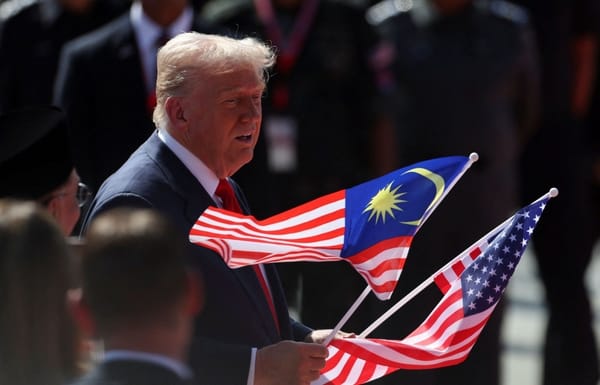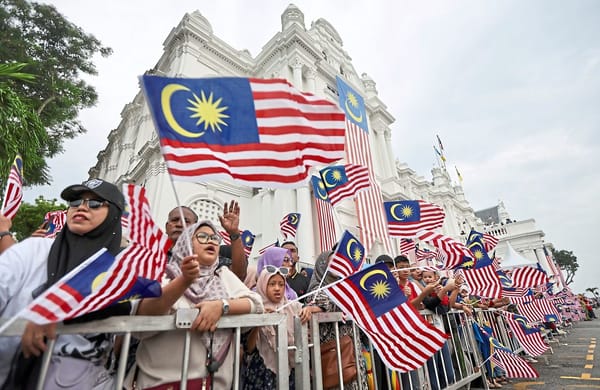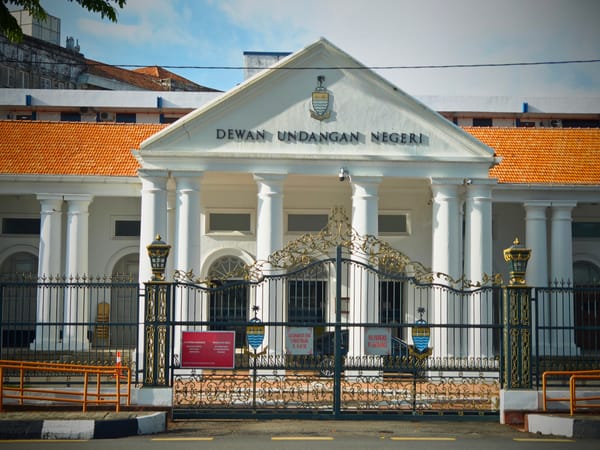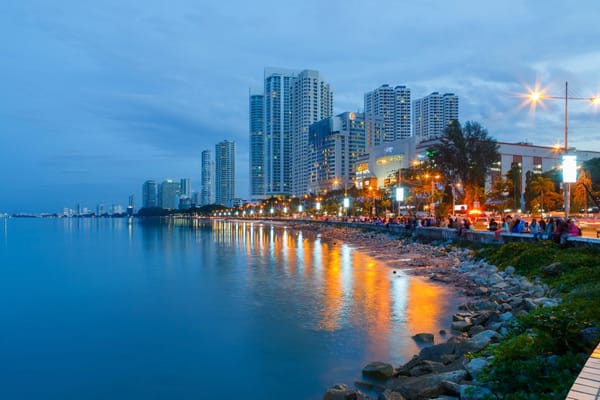A Creative Culture That Breeds Entrepreneurs: Why Penang Turns Ideas into Income
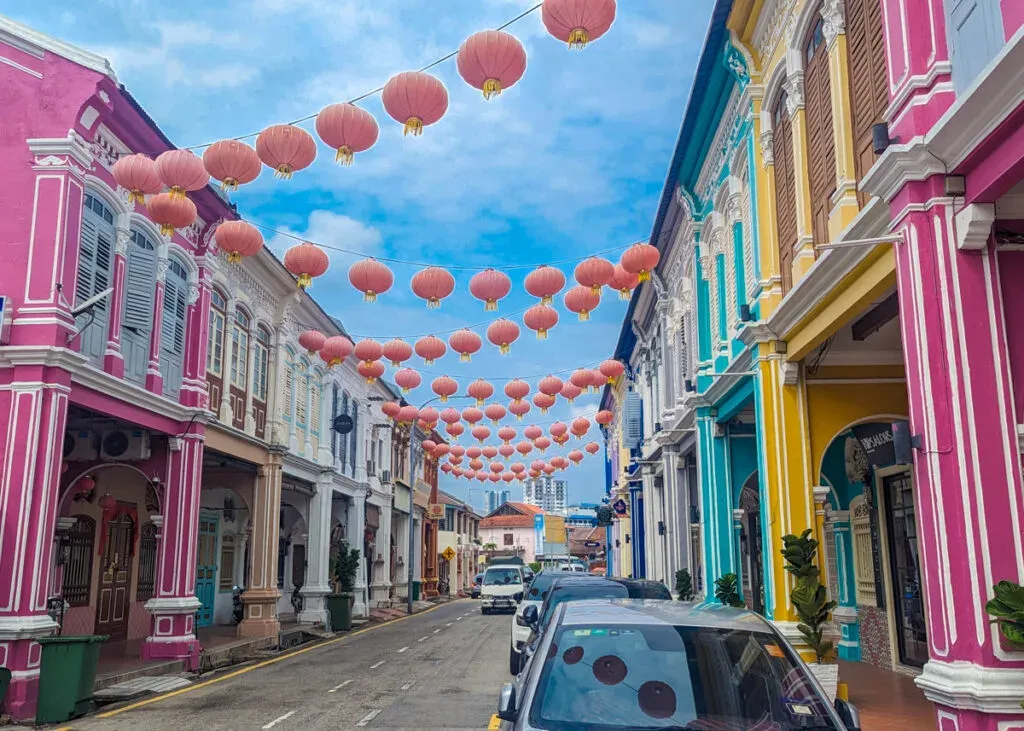
A Creative Culture That Breeds Entrepreneurs: Why Penang Turns Ideas into Income
Most cities talk about “vibrant creative communities.” Penang actually monetises them.
This island didn’t wake up one day and decide to be cool. It’s been compounding creativity for centuries — trade routes, artisan streets, family businesses, and now, founders who ship code in the morning and close deals over kopi by noon. Creativity here isn’t decoration. It’s an operating system.
If you’re building from Penang, this is your unfair advantage. Not beachfront postcards — cash-flowing creativity.
For the full picture, read The Ultimate Guide to Business in Penang after this piece.
1) The Penang DNA: Reinvention on Repeat
Penang’s history is a relay race of reinvention: merchants, makers, manufacturers, now makers of media and software. Every era leaves behind assets you can still use — shoplots that convert into studios, networks that open doors, and a culture that values competence over theatrics. In Penang, you don’t need permission to start. You need a plan and a table.
2) From Heritage to High-Growth: How Spaces Become Businesses
Shophouses become agencies. Galleries become product studios. Cafés become client pipelines. The island’s physical footprint forces lean, efficient operations: small teams, tight quarters, fast feedback. It’s the opposite of corporate bloat — and that frugality scales.
Translation: less rent, more runway. More runway, more experiments. More experiments, more wins.
3) Deal Flow Over Kopi
Penang runs on shoulders-tapped referrals. Show up, deliver, follow up. That’s the algorithm. The island is small enough that your reputation compounds and big enough that you never run out of introductions. Want leads? Attend one event per week, set five coffees, post one useful thread. Do that for 90 days and watch your pipeline fill itself.
4) Creative Capital: Your Real Funding Round
Capital isn’t just money. It’s talent, story, distribution. Penang offers all three:
- Talent: Designers, devs, videographers, engineers. Multilingual, affordable, trainable.
- Story: UNESCO heritage + Silicon Island credibility. Your brand piggybacks both.
- Distribution: Events, coworking hubs, WhatsApp groups, and a business scene that still reads emails.
You don’t need a seed round when your creative capital reduces acquisition costs by half.
5) Micro-Clusters That Print Opportunity
Penang’s magic is proximity. Within 20 minutes, you can touch:
- George Town: Agencies, studios, content shops, boutique brands.
- Bayan Lepas/Batu Kawan: Semiconductor giants, precision suppliers, high-value B2B.
- Hin Bus Depot & creative corridors: Art + commerce crossovers.
When art rubs shoulders with industry, commercial creativity happens — packaging, UX for hardware, industrial video, product marketing. Small jobs stack into retainers. Retainers fund the next product.
6) The Penang Founder’s Creative Playbook
- Pick a wedge: design for manufacturing SMEs, B2B video, dev-for-export, brand revamps.
- Build a 3-offer menu: entry audit, core retainer, premium sprint. Clear, priced, productised.
- Co-work strategically: choose a hub that sits on your client flow (Common Ground, @CAT, or a shophouse near who you sell to).
- Ship weekly artifacts: one case study, one short, one tactic thread. The market rewards consistent signal.
- Host tiny rooms: 10-person workshops beat 200-person panels for revenue.
- Stack leverage: templates, SOPs, automation. Creativity without systems is cosplay.
7) Price Like a Grown-Up
If your work drives revenue, price on business outcomes, not billable hours. Quote in USD when you sell abroad, in RM when you purchase locally. That spread is not “nice to have.” It’s your margin engine.
8) Story as a Sales System
Penang sells itself — if you frame it right. Your positioning: “Global-grade work, Penang efficiency.” Case studies with before/after screenshots, costs saved, KPIs lifted. Replace adjectives with numbers. People don’t remember your logo; they remember your results.
9) The Calendar Moat
Penang’s weekend markets, art shows, meetups, and pitch nights are an endless prospecting loop. Pick two recurring events. Be the person with follow-up discipline. The fortune isn’t in networking — it’s in next Tuesday’s email.
10) Pitfalls to Dodge
- Hobby energy: Paradise can lull you. Keep score weekly.
- Underpricing: Don’t convert USD value to RM fees. Charge for impact.
- Solo isolation: Creativity compounds in teams. Partner early, document always.
- Scope creep: Productise. Guard margins.
11) Mini Snapshots (The Pattern That Pays)
- The Content Studio: 3-person team turns industrial processes into short-form video; retainers with four factories.
- The Design-for-Export Shop: Packaging + compliance + landing pages; upsell translation and Amazon creatives.
- The Hybrid Dev Crew: Front-end in George Town, back-end remote; sells to Singapore, invoices USD.
Different lanes, same engine: small team + creative output + B2B distribution.
12) Metrics That Matter
- Qualified intros per week
- Proposal-to-close rate
- Retainer months on average
- Gross margin after subcontractors
- Content artifacts shipped per month
Track these and the bank balance takes care of itself.
Conclusion — Creativity That Converts
Penang’s creative culture isn’t about murals and merch. It’s about systems that turn imagination into invoices. The island rewards builders who show up, simplify, and sell. If you plug into the right rooms, price with backbone, and publish relentlessly, Penang won’t just inspire you. It will fund you.
Read the full pillar: The Ultimate Guide to Business in Penang — then come back and execute this playbook for 90 days.
Frequently Asked Questions (FAQ)
1) Is Penang’s creative scene just for artists and agencies?
No. Manufacturers, exporters, and tech SMEs buy creative outcomes daily: packaging, UX, video, copy, and campaigns that move inventory.
2) Where should I base myself?
Operate where your buyers already are: George Town for agencies/content, Bayan Lepas/Batu Kawan for B2B/industrial, Butterworth for logistics and mainland clients.
3) How do I get clients fast?
Ship three artifacts (case study, short video, tactic thread), book five coffees, attend one event weekly, and always follow up within 24 hours. Repeat for 12 weeks.
4) What should I sell first?
A low-friction diagnostic (audit/workshop) that leads into a retainer. Make the next step obvious and time-bound.
5) How do I price work for international clients?
Quote in USD/SGD tied to outcomes and milestones. Use RM costs for delivery. Protect margin with scopes, change orders, and weekly burn reviews.
6) Can I build a team affordably?
Yes. Hire a designer/editor/dev junior; train with SOPs; layer contractors. Pay slightly above market; demand ownership thinking.
7) What channels work best for creatives here?
Referrals, LinkedIn, founder-led content, WhatsApp groups, and micro-events. Ads are accelerants, not engines.
8) Do I need Malay or Mandarin?
English gets deals done. Basic Malay/Mandarin builds trust faster. Learn greetings and numbers at minimum.
9) How do I avoid scope creep?
Productise offers, cap rounds of revisions, and anchor outcomes. “This is the sprint; that is a new sprint.”
10) What’s the fastest path to authority?
Document one niche obsessively (e.g., “video for precision manufacturing”), publish weekly, show numbers, speak at two local events per quarter.
